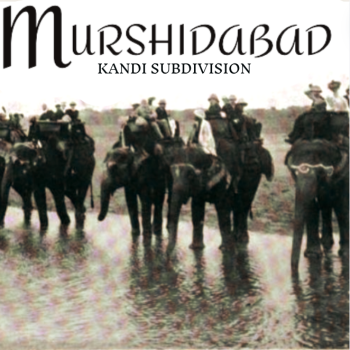After reading Ali Eteraz’s Children of Dust, I bemoaned the lack of examples in literature—and even in the public discourse—of healthy relationships and interactions between Muslim men and women. In films, literature, the blogosphere, and even in the everyday interactions of Muslims, interactions (especially romantic relationships) are often presented in a negative light: Muslim women must accept arranged marriages as a matter of course, relationships between men and women are devoid of romantic attraction, falling in love with someone is haram–the list of negative attributes is endless. These portrayals of relationships usually result in Muslim women being seen as subservient to patriarchal culture: weak and lacking empowerment.

In G. Willow Wilson’s The Butterfly Mosque, Wilson presents her personal experience as a young American Muslim woman coming to terms with an understanding of herself as she navigates evolving concepts of religion, cross-cultural dynamics, and womanhood while she pursues a romantic relationship. Wilson explores both the negative and positive aspects of a conversion to Islam and ensuing efforts to reconcile Eastern and Western beliefs, the inaccurate portrayals of Muslims in the media and public discourse, the role of women in Islamic society, and cultivating a healthy, romantic relationship in an Islamic context. In portraying both positive and negative aspects throughout her memoir, Wilson presents an affirmative appraisal of an American Muslim woman’s relationship with Islam.
Wilson’s prose is fluid and beautifully describes the nuances of everyday life she experiences while in Egypt. For example, as she elucidates her experience in a cross-cultural relationship with an Egyptian man, Omar, she has the following insight:
Cultural habits are by and large irrational, emerge irrationally, and are practiced irrationally. They are independent of the intellect, and trying to fit them into a logical pattern is fruitless; they can be respected or discarded, but not debated…Culture belongs to the imagination; to judge it rationally is to misunderstand its function. (66)
While Wilson presents a positive appraisal of her life’s experiences with faith and love, she does not hesitate to share her anxieties regarding her conversion to Islam or her relationship with Omar. On her conversion, Wilson describes the “shame” she feels towards her conversion as a result of her non-religious upbringing: “Religion was taboo in my family, and Islam was taboo in my society—these pressures are not easily shaken off, and I sometimes felt as guilty as if I had committed a crime” (67).
As she discusses her engagement to Omar with a friend, Wilson reveals: “I was terrified. There are few things more overwhelming than love in hostile territory” (49). Wilson’s willingness to portray these anxieties within her memoir contribute to a more complete portrayal of her experience—while on the whole her experience is positive, her mentioning of her anxieties makes for a more realistic read.
Wilson also elucidates women’s roles in Islamic societies in both personal and religious spheres as she goes about her life in Egypt, actively contrasting them with Western views of Eastern women. A woman in the Middle East, she finds, is “far less free than a woman in the West, but far more appreciated. When people wonder why Arab women defend their culture, they focus on the way women who don’t follow the rules are punished, and fail to consider the way women who do follow the rules are rewarded” (210).
Wilson also presents the character of a sheikha she meets in Egypt (the role of female sheikhas, Wilson states, has been reduced in Islamic societies as a result of westernization, as both men and women turn to sheikhs for religious guidance as social interaction between men and women increases). The idea that a Muslim woman could achieve such a prominent religious status was something I found inspiring, a result of my own lack of familiarity with any similar positions held by Muslim women from among my own religious community. Its inclusion in the memoir provides a unique, positive representation of a Muslim woman’s role within a religious sphere.
In The Butterfly Mosque, Wilson presents an honest, rich portrayal of a Muslim woman’s life experiences with religion, love, and womanhood in a bi-cultural context as she addresses the challenging nuances, and more importantly the positive, delightful interactions she experiences along the way. Muslim women are presented in an Islamic society not as subservient to patriarchal culture, but instead as strong, empowered individuals capable of deciding how they lead their lives within a religious and cultural framework. That the memoir presents an affirmative representation of Islam from an American Muslim woman’s perspective makes for an important contribution to the growing body of work by contemporary Muslim authors.















